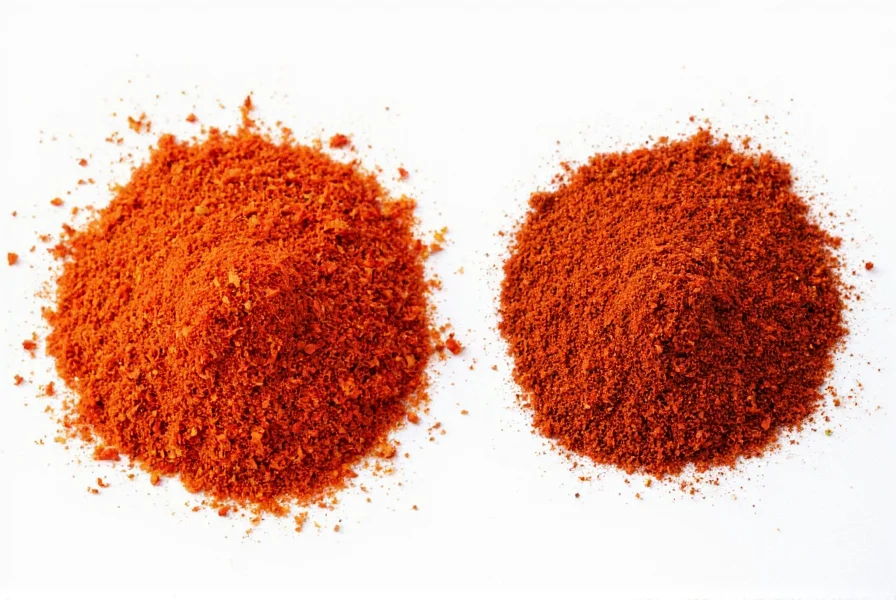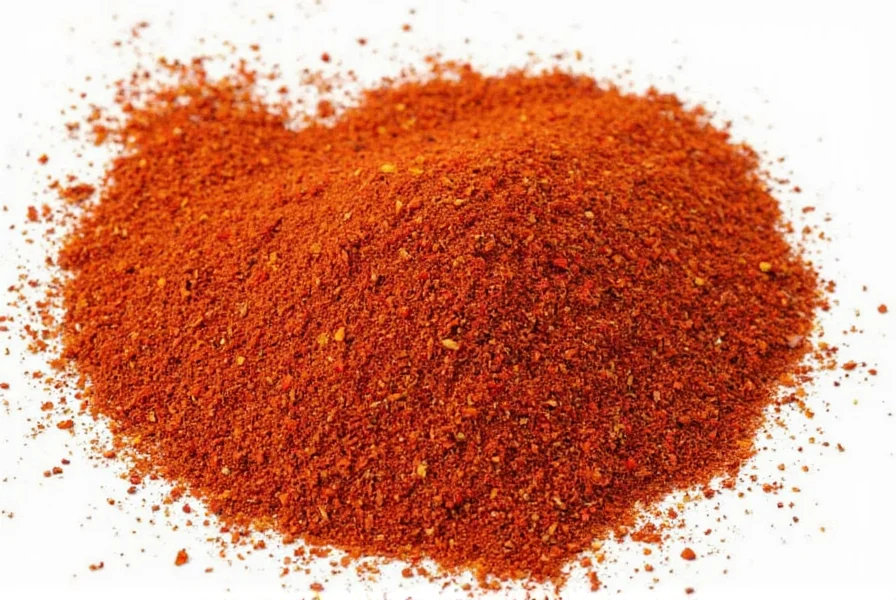When you're standing in the spice aisle staring at bottles labeled both “red pepper flakes” and “crushed red pepper,” it's natural to wonder if there's a meaningful difference. Understanding the subtle distinctions between these two pantry staples can elevate your cooking and help you make better ingredient choices for specific recipes.
What Exactly Are Red Pepper Flakes?
Red pepper flakes are made from dried cayenne peppers that have been crushed into small, irregular pieces. The flakes typically contain a mixture of seed, skin, and membrane fragments. This combination creates a complex flavor profile with varying heat levels in each piece. When you examine red pepper flakes closely, you'll notice they're not uniform—some pieces are larger flakes while others are smaller fragments.

Understanding Crushed Red Pepper
Crushed red pepper undergoes a similar production process but is processed to achieve a more consistent, finer texture. While still containing the same components as red pepper flakes (seeds, skin, and membranes), the particles are generally smaller and more uniform. Many commercial brands use “crushed red pepper” as their official product name, leading to confusion about whether it's different from red pepper flakes.
Key Differences Between Red Pepper Flakes and Crushed Red Pepper
The primary differences come down to texture and how that affects culinary applications. Let's examine the specific distinctions that matter in your cooking:
| Characteristic | Red Pepper Flakes | Crushed Red Pepper |
|---|---|---|
| Texture | Larger, irregular flakes with visible seed pieces | Finer, more uniform particles |
| Heat Distribution | Variable heat in different pieces (seeds hottest) | More consistent heat level throughout |
| Culinary Best Uses | Pizza, pasta, finishing dishes where texture matters | Sauces, marinades, rubs where even distribution needed |
| Shelf Life | Slightly longer (6-12 months) | Slightly shorter (6-9 months) |
Flavor and Heat Profile Comparison
Despite common misconceptions, neither product is inherently hotter than the other. Both typically measure between 30,000-50,000 Scoville Heat Units, depending on the specific cayenne peppers used. The perceived difference in heat often comes from how the products are used:
- Red pepper flakes deliver variable heat because some pieces contain more seeds (which are hottest) while others are primarily skin
- Crushed red pepper provides more consistent heat distribution due to its uniform texture
- When measuring by volume, crushed red pepper may seem milder because more particles fit in a teaspoon
Substitution Guidelines for Cooking
Understanding when and how to substitute one for the other is crucial for recipe success. The difference between red pepper flakes and crushed red pepper substitution depends on your specific cooking application:
For dry applications like spice rubs or finishing dishes, use a 1:1 substitution ratio. The texture difference won't significantly impact the final dish. However, for liquid-based recipes like sauces or soups, you may need to adjust quantities. Because crushed red pepper dissolves more readily, you might use slightly less to achieve the same heat level.
Professional chefs note that the difference between red pepper flakes and crushed red pepper in Italian cooking is particularly nuanced. Traditional Italian recipes calling for “pepperoncini” or “peperoncino” typically expect the coarser texture of what Americans call red pepper flakes.

Storage Recommendations for Maximum Freshness
Both products lose potency over time, but proper storage extends their shelf life. Store in airtight containers away from light, heat, and moisture. The slightly larger surface area of crushed red pepper means it may lose potency faster than coarser flakes. For long-term storage, consider keeping your red pepper products in the freezer, which preserves flavor and heat for up to two years.
Common Misconceptions Clarified
Several myths persist about these products. First, neither contains actual “red peppers” like bell peppers—both are made from cayenne or similar hot chili varieties. Second, the terms aren't region-specific; both are used interchangeably across the United States. Finally, despite labeling differences, most major brands sell identical products under both names.
Practical Recommendations for Home Cooks
For everyday cooking, having both textures available offers versatility. Keep red pepper flakes for finishing dishes like pizza or pasta where visible texture enhances presentation. Use crushed red pepper for applications requiring even heat distribution like marinades, dry rubs, or incorporated into doughs. When shopping, check ingredient lists—pure products should contain only dried chili peppers without additives.
Conclusion: Making the Right Choice for Your Culinary Needs
The difference between red pepper flakes and crushed red pepper ultimately comes down to texture preference and culinary application rather than flavor or heat. Understanding these subtle distinctions empowers you to make informed choices that enhance your cooking rather than following arbitrary labeling conventions. Whether you're preparing a classic arrabbiata sauce or seasoning roasted vegetables, selecting the appropriate form ensures optimal flavor distribution and visual appeal in your finished dish.











 浙公网安备
33010002000092号
浙公网安备
33010002000092号 浙B2-20120091-4
浙B2-20120091-4